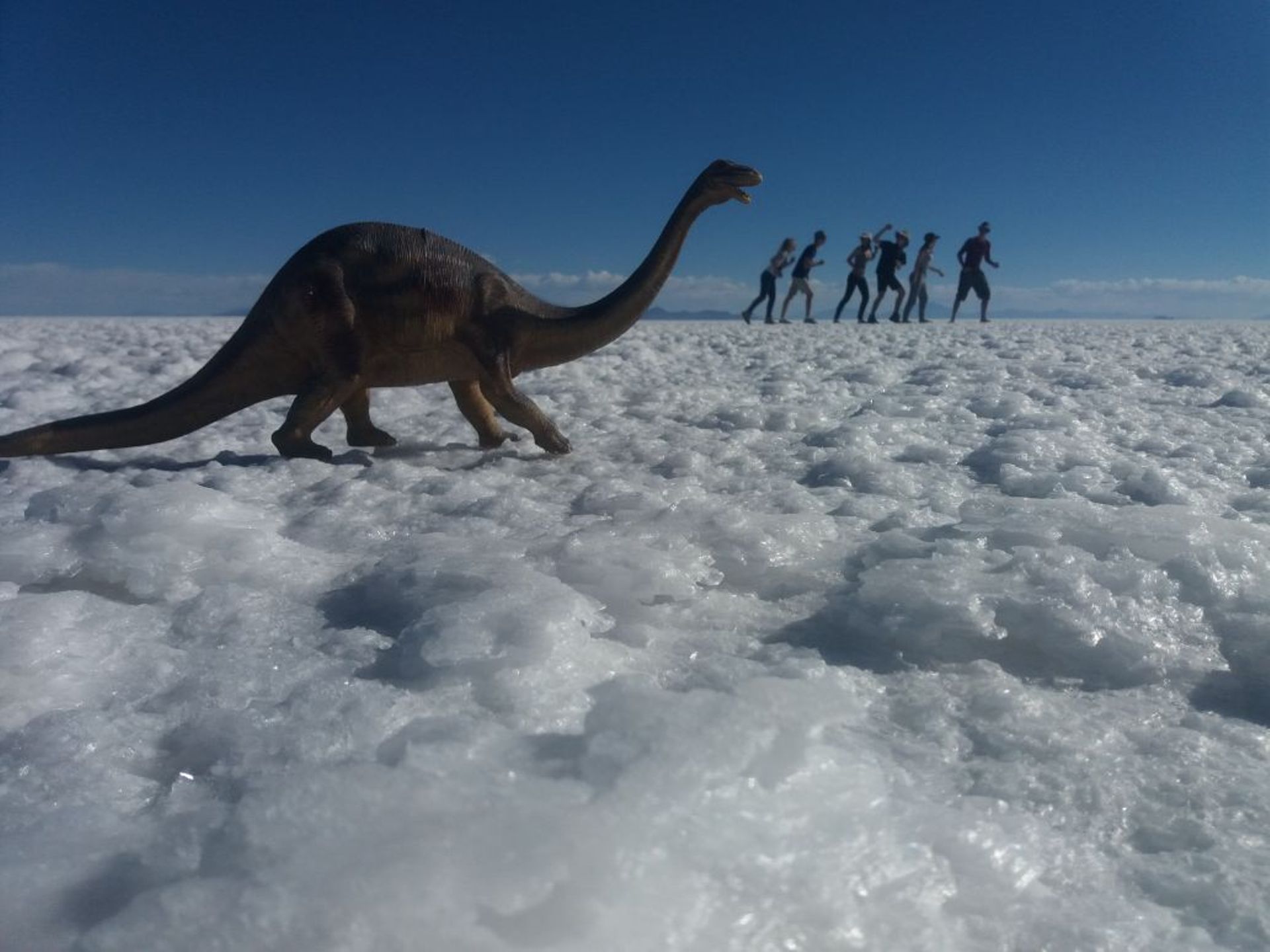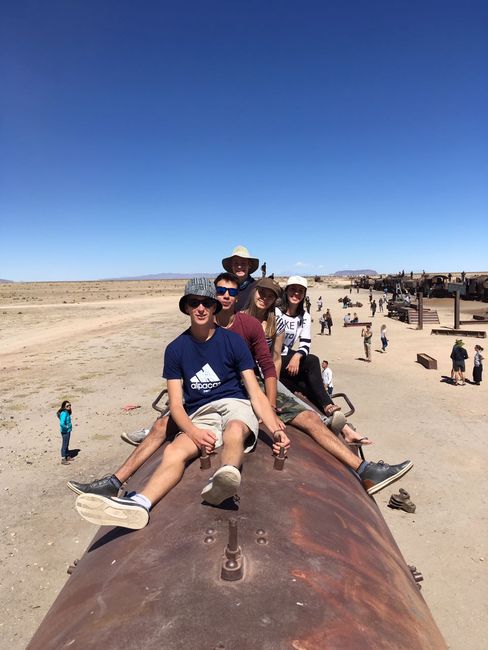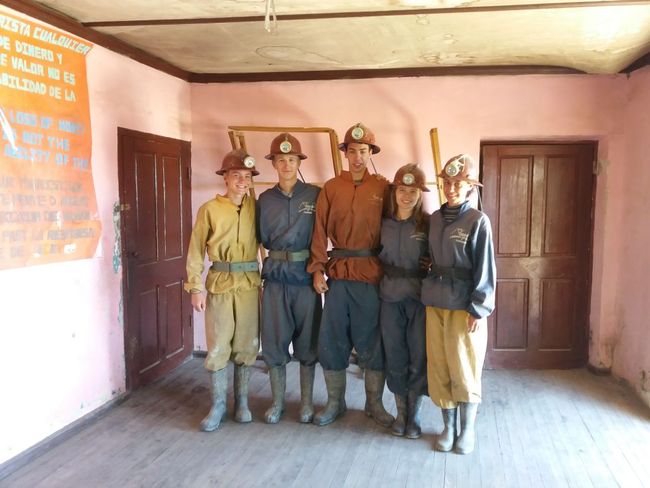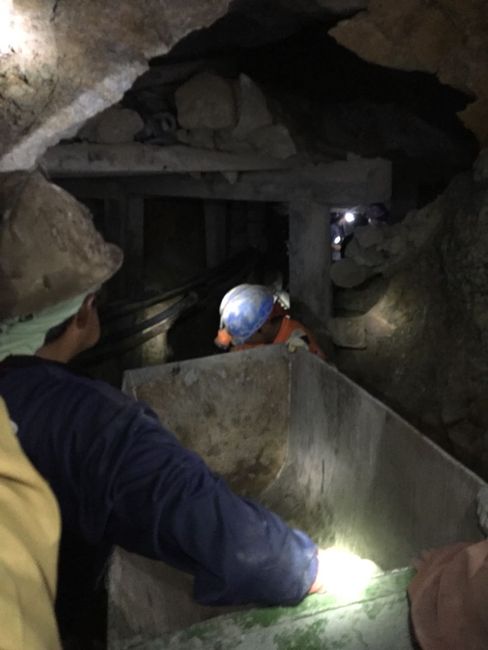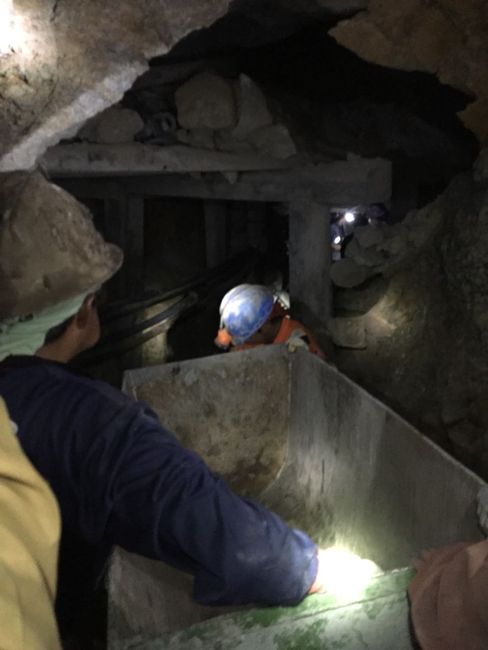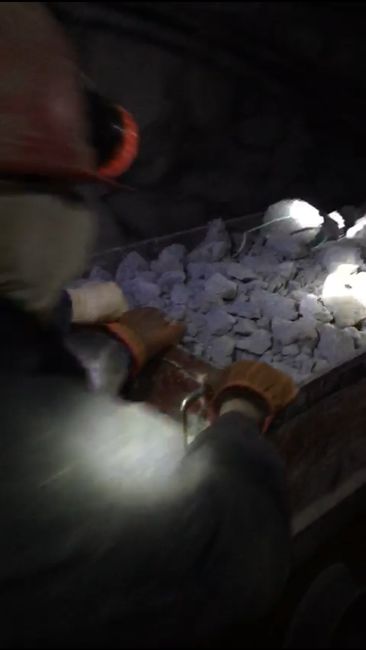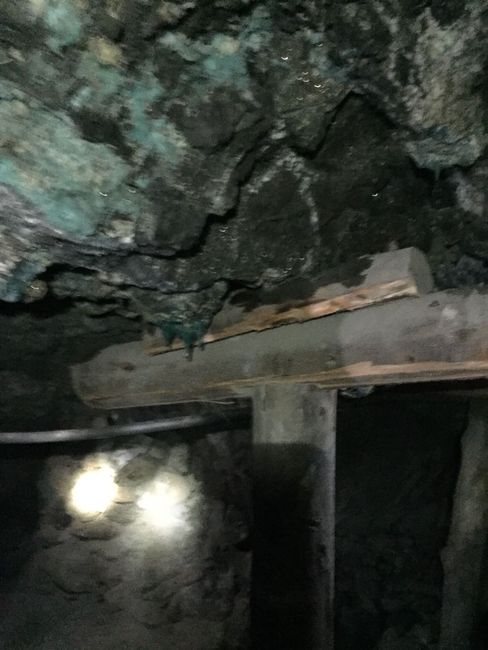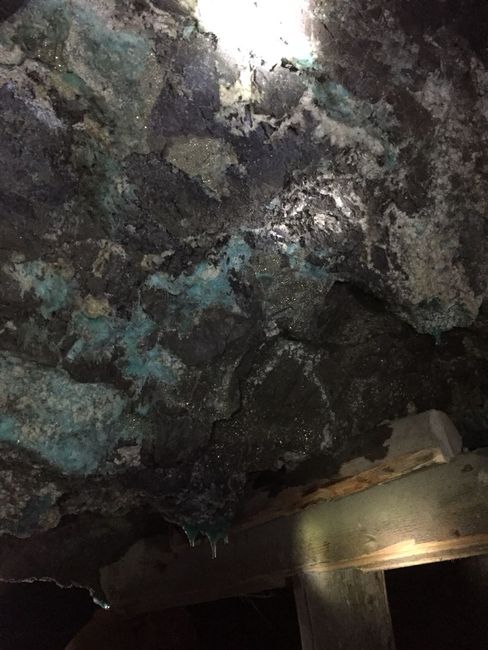Tag 51 - 52 / PotosÍ
게시됨: 29.04.2018
뉴스레터 구독
Potosí is the highest city in the world, at over 4000 meters above sea level. It is relatively small, with a population of 175,000, and it exists mainly because it is located at the foot of Cerro Rico (Rich Mountain). This mountain made Potosí one of the largest cities in the world in the 17th century due to its silver deposits, and even today the city still relies on the silver and tin deposits of the mountain.
Today, more than 7000 miners still work there, from a young age. Before our tour in the mine, we bought gifts for the workers at a store. Common gifts include alcohol, cigarettes, coca leaves, or drinks. It is not mandatory, but it is recommended as a sign of courtesy, because we are outsiders going to their workplace to observe them. In addition to the usual stuff, there was a stick of dynamite for less than €3 for sale in the store. These are also used in the mine. At the next stop, we were given protective clothing and then continued on to the mine.

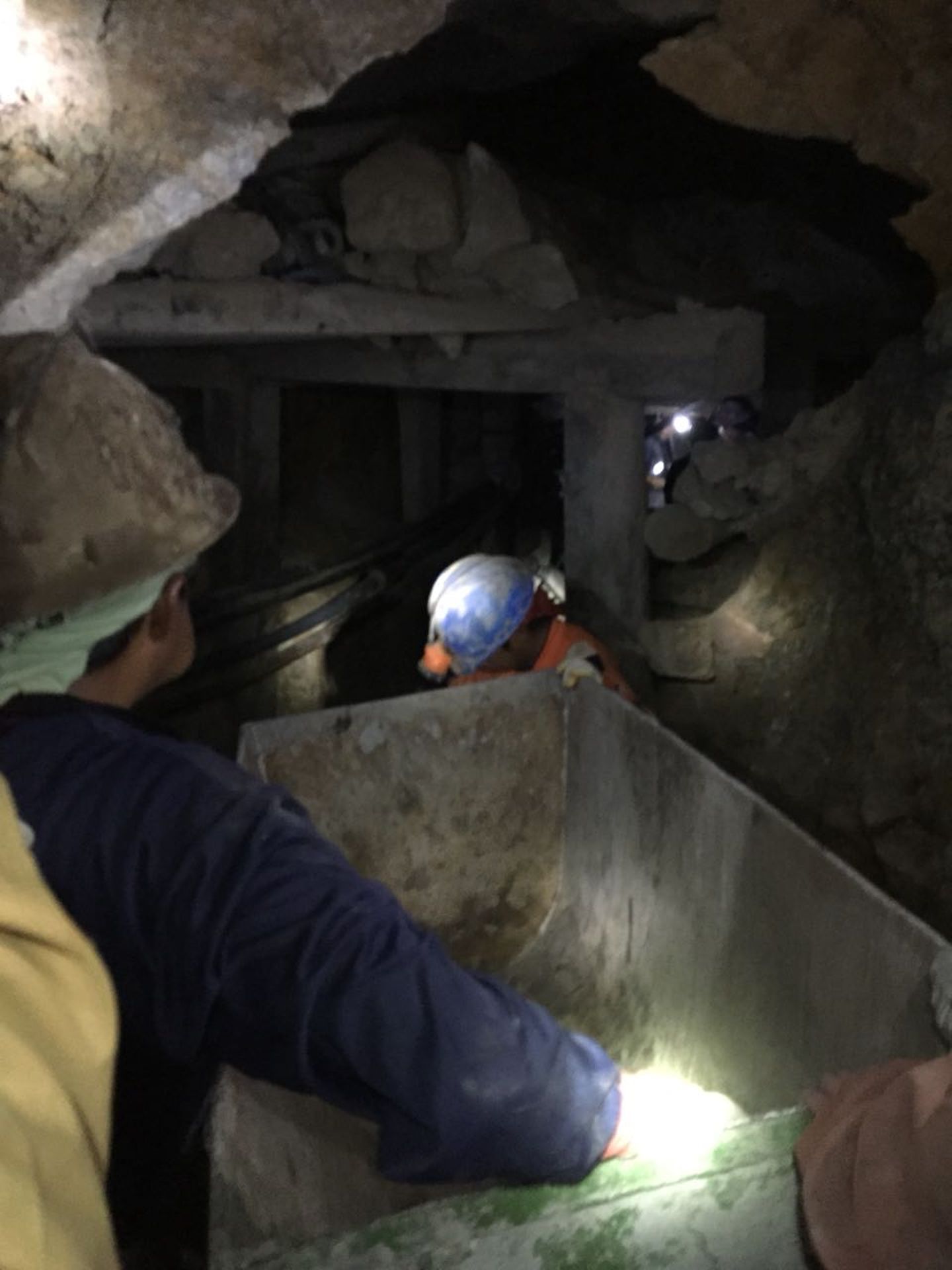
During the briefing, we had to dodge a few mine carts that were being pushed out. This would happen several times. In general, extremely medieval work is still done there, and everything is operated purely by muscle power.
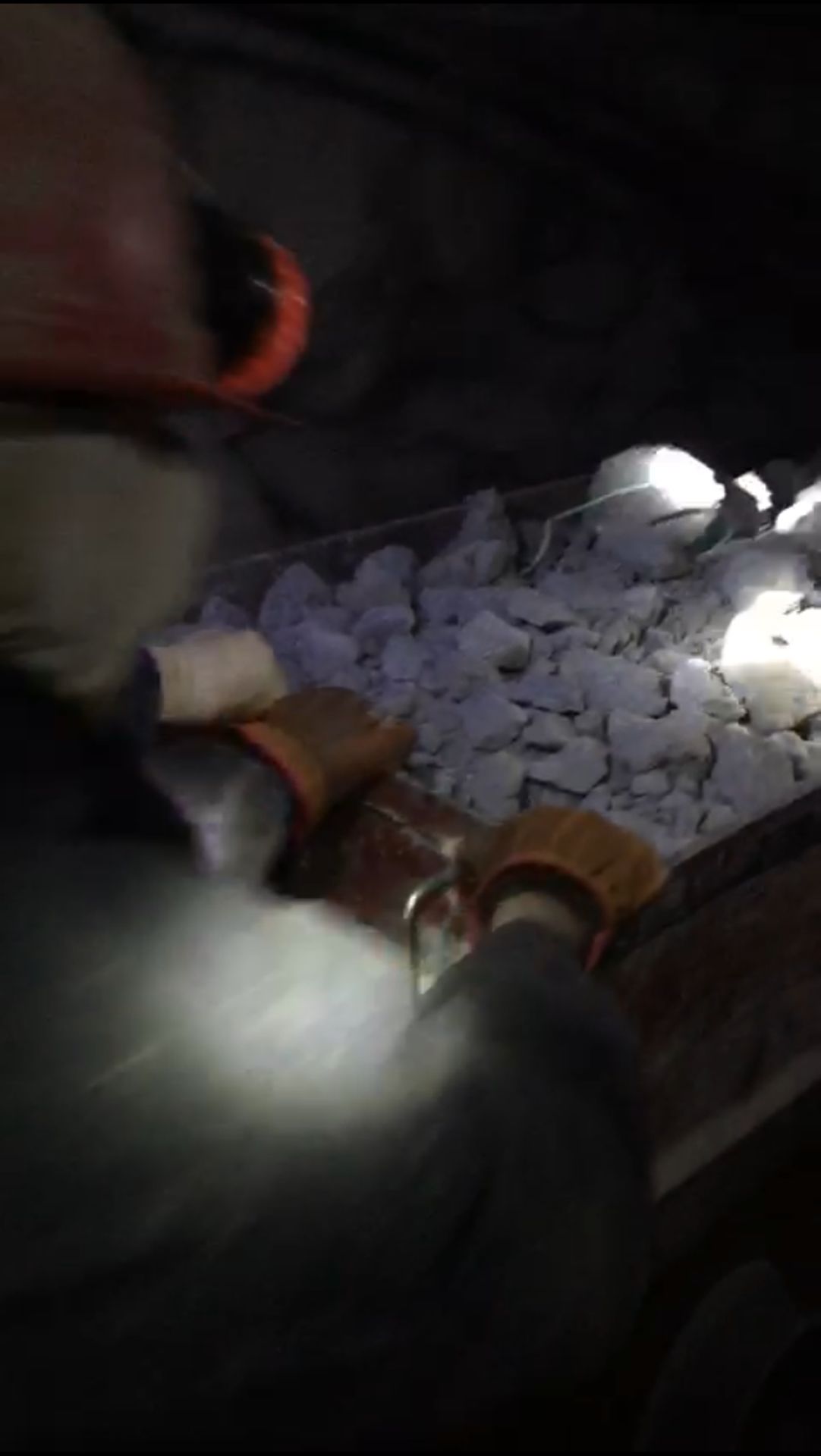
The tunnels were narrow and often not tall enough to stand up straight. Every few meters, a new small alcove next to the rails was chosen as a checkpoint. So as soon as a mine cart rolled in, we had to quickly go there, or we would have been run over. But the tour was very beautiful and interesting, there was a lot of copper on the walls and ceilings.
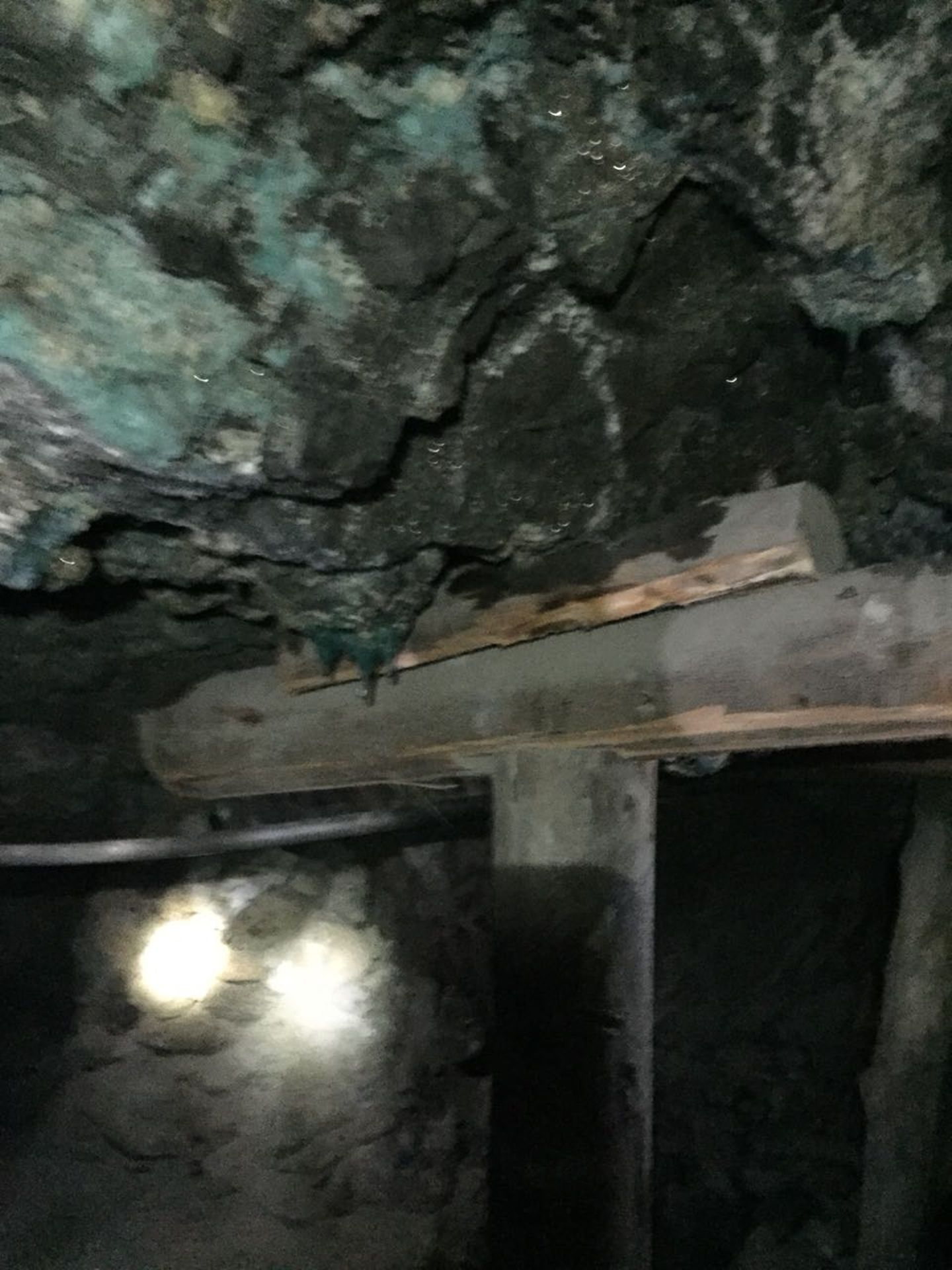
This is not further processed and therefore has no value for the miners. The Spaniards also used the mine and locked up several thousand indigenous people underground for 4 months to mine silver. About 6 million indigenous people died in the process. The current workers chew a lot of coca leaves and drink 96% alcohol to be able to endure it there. There was only light from their headlamp and it smelled very bad. Some substances on the ceiling are toxic and should not be touched.
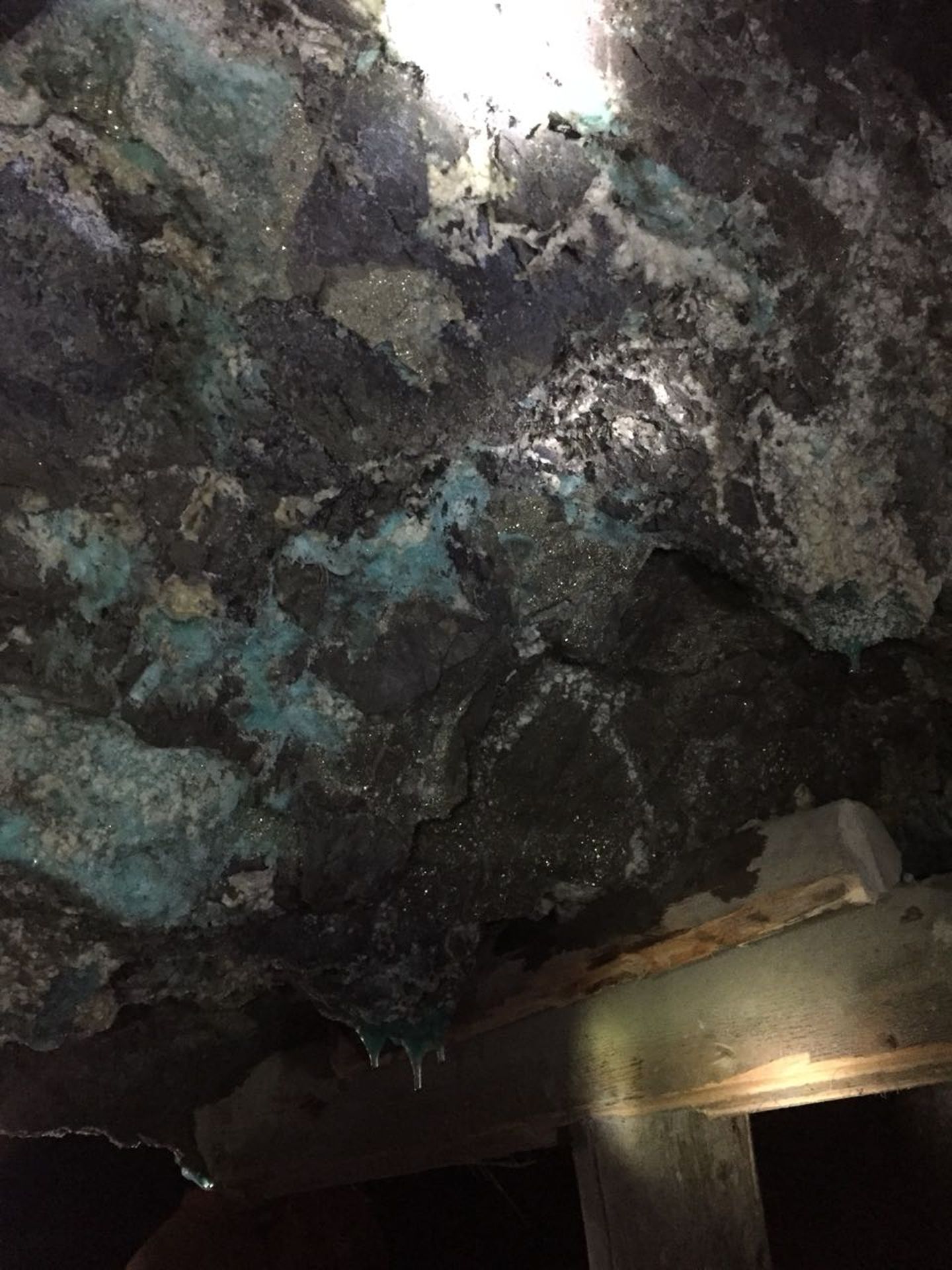
It was very interesting to see and we found it surprising under what harsh conditions mines are still worked today. This is not exactly a new realization, but it still opened the eyes of some of us.
~Victor
뉴스레터 구독
답변

볼리비아 여행 보고서
